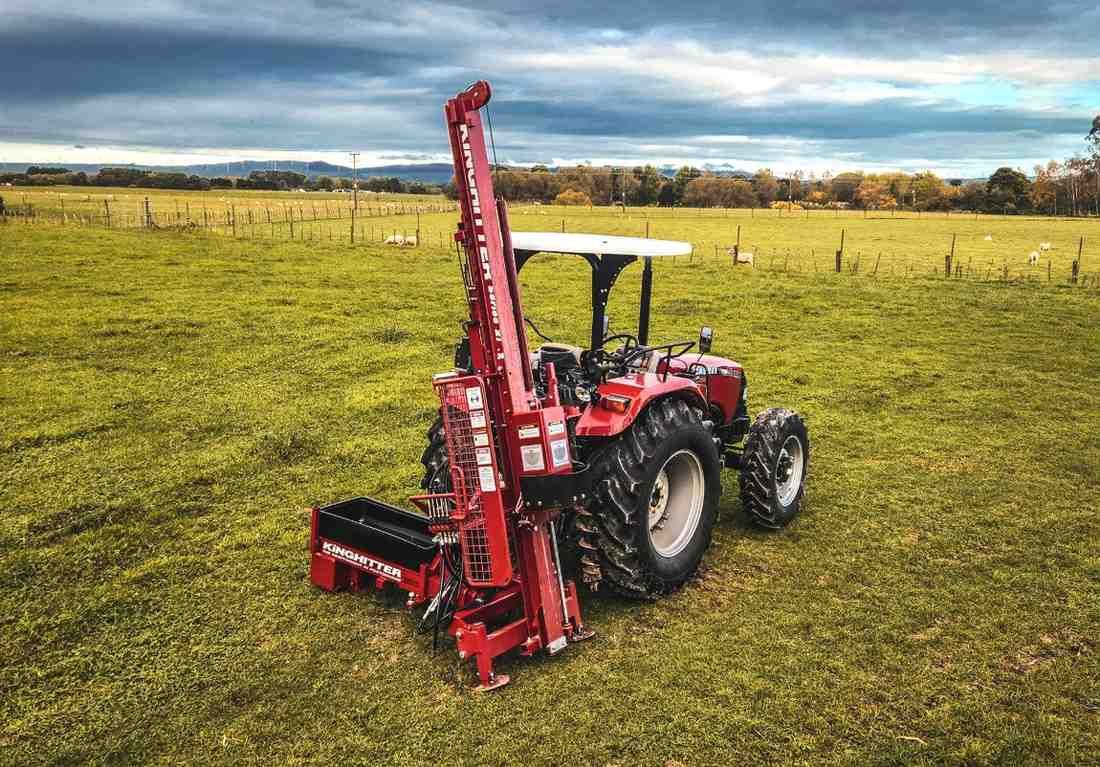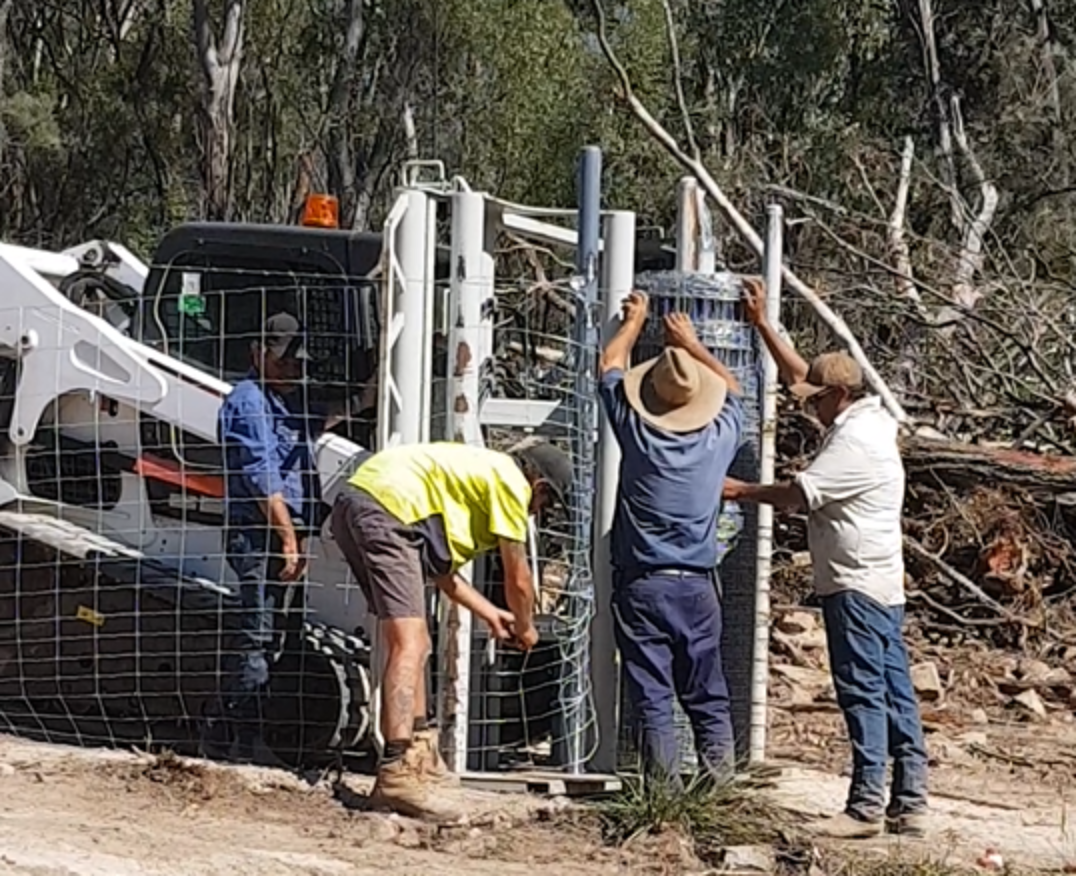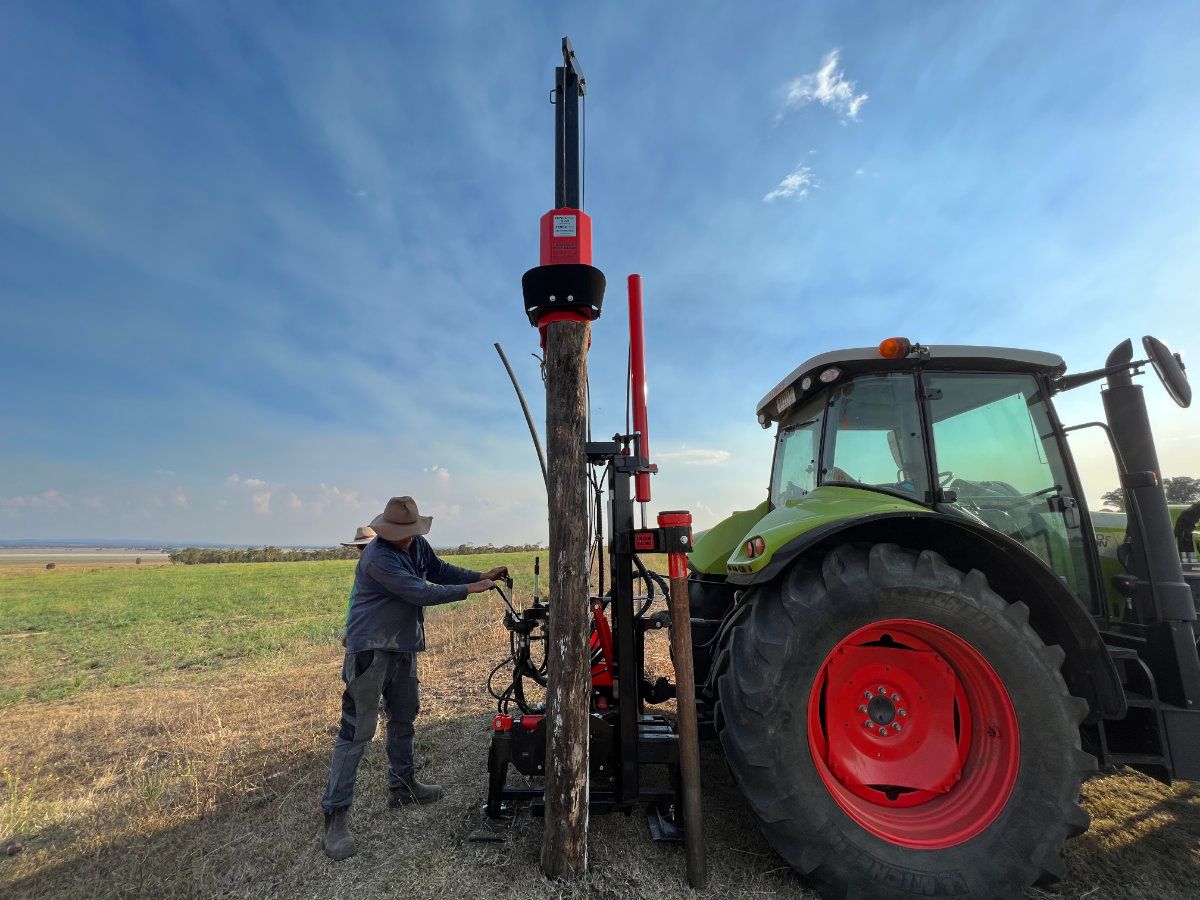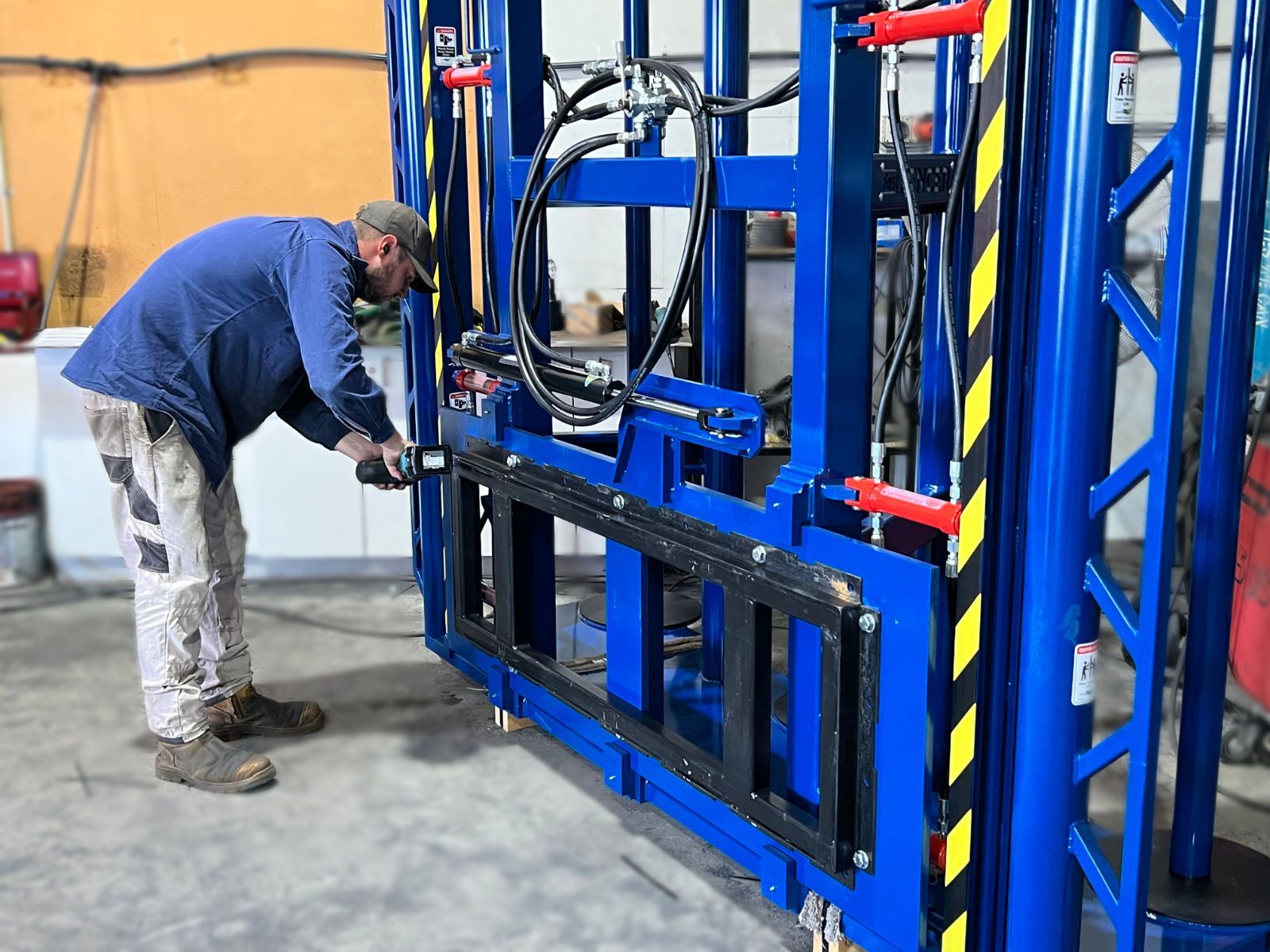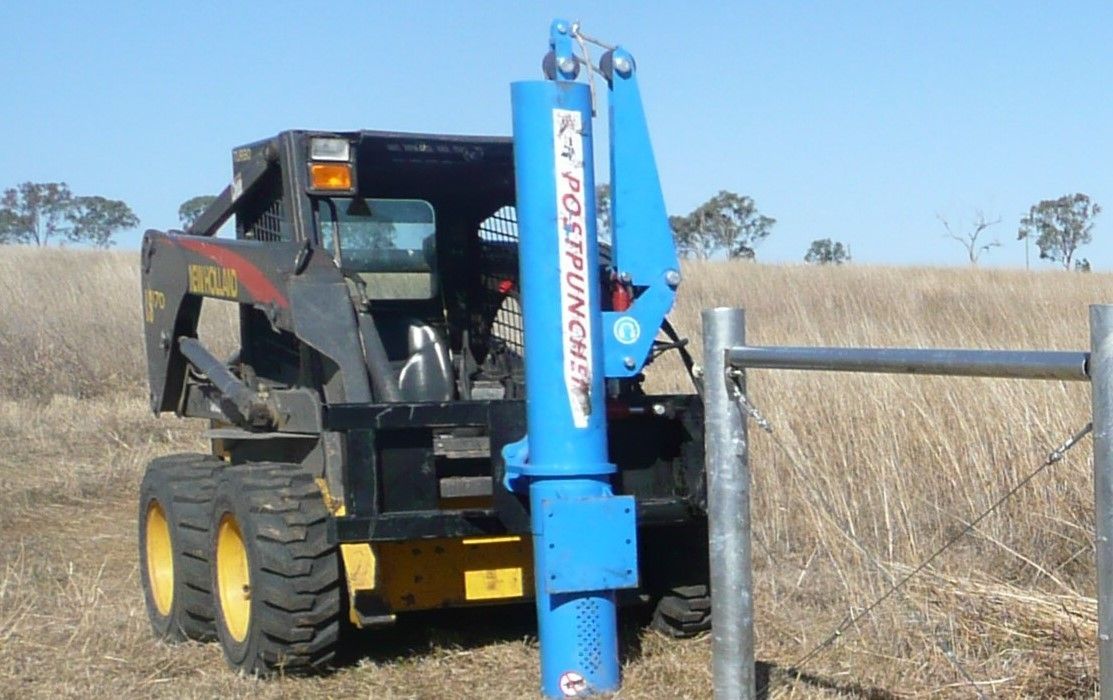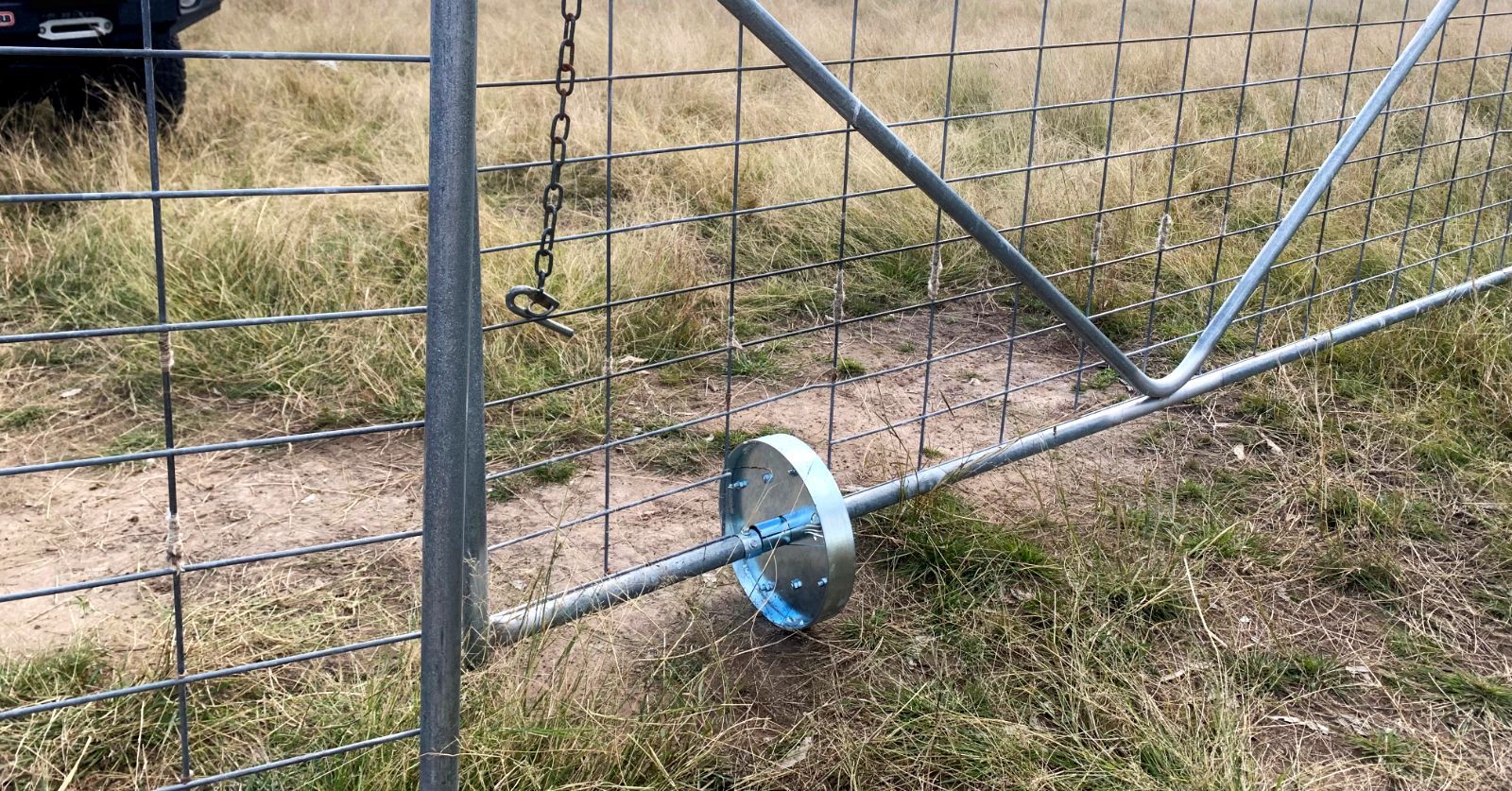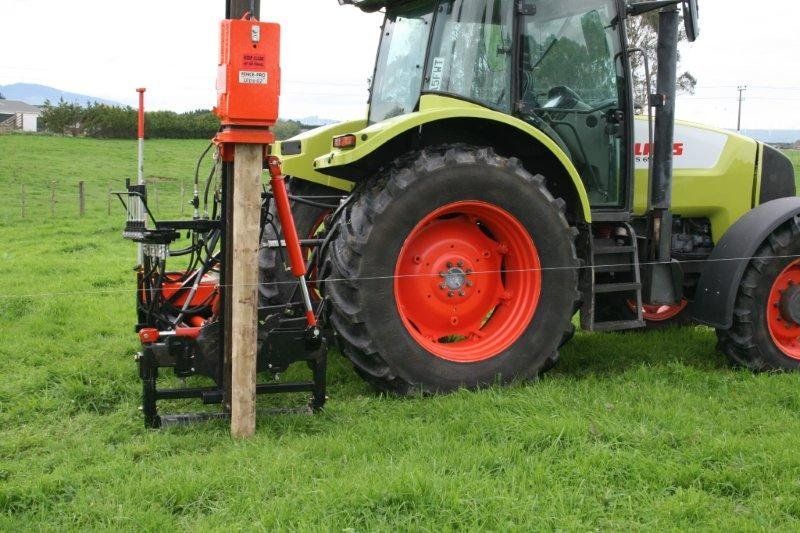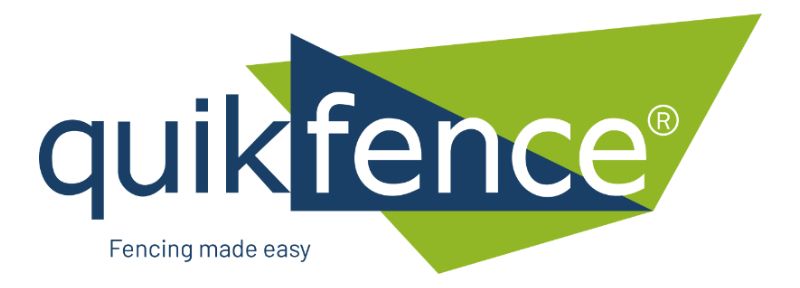Exclusion Fencing Preparation, Essential Tips & Strategies
Time to get ready for exclusion fencing?
Make sure you have all the necessary supplies and tools ready to protect your property.
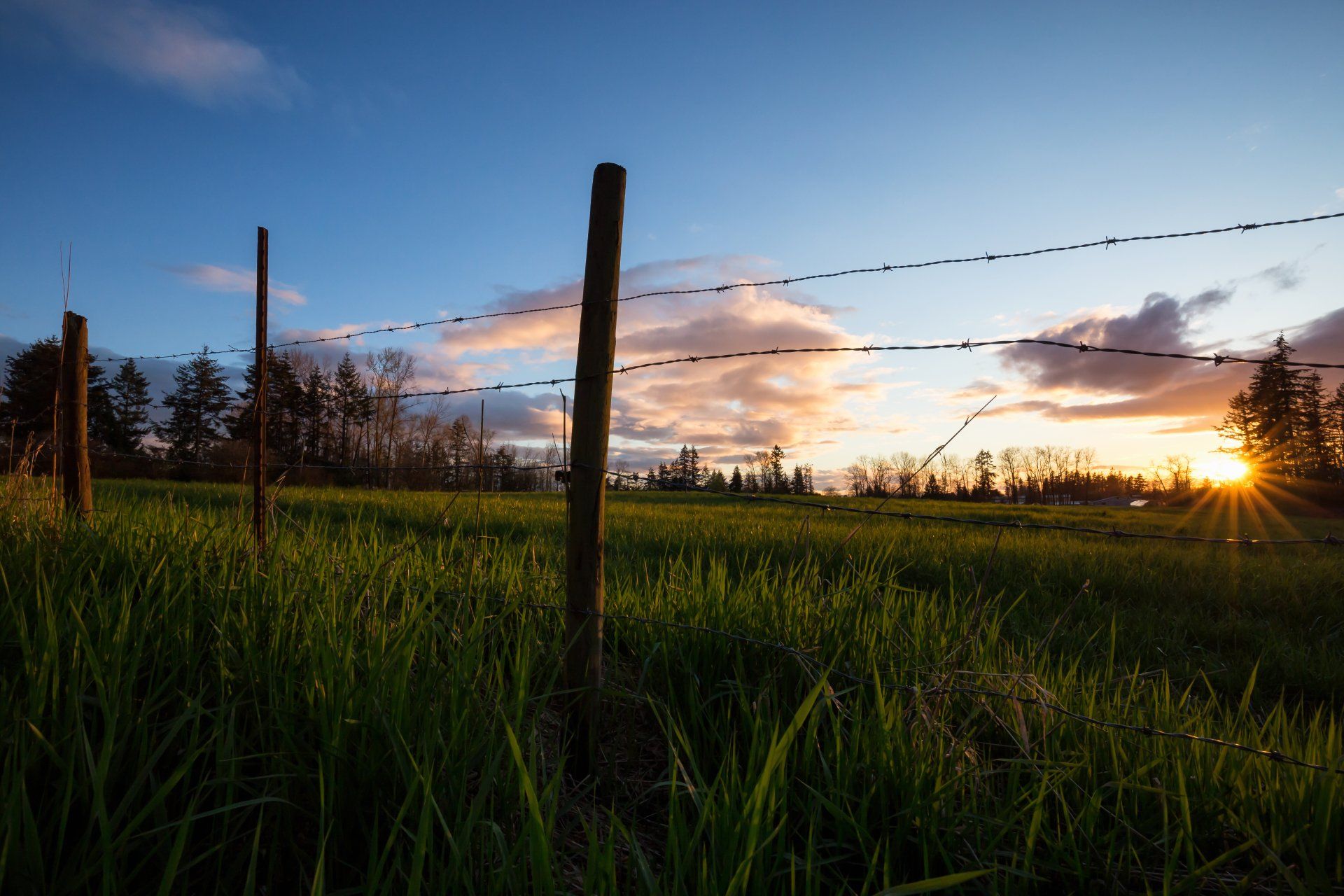
Prepare for exclusion fencing
When preparing to install exclusion fencing, it’s important to take a few steps to ensure the fencing will be successful. Exclusion fencing is designed to keep out animals that could cause damage to crops or property, or be a nuisance to the local community. Here’s a few pointers to consider and help you get started:
1. Choose your fencing material carefully. You will need to consider the type of animal you are trying to keep out, as well as the climate. For example, if you are trying to keep out wild dogs, you will need a much sturdier material than if you are only trying to keep out feral pigs.
2. Take a survey of the area. Make sure to check for any obstacles that could interfere with the fencing such as trees, rocks, gullies, slopes that could affect machinery required for the job, or other abandoned structures. If there are major obstacles, you may need to adjust your fencing plan accordingly. Alternatively, time and funds to clear the path for the fencing team.
3. Consider the height of the fence. Different animals will require different heights for the fence. For example, your livestock may only need 900mm, but to keep out feral pest may require 1500mm. Make sure to research the height requirements for the animal you are trying to keep out.
4. Consider the type of fence you need. Depending on your crops and livestock, plus what you’re trying to keep out, you may need netting with more verticals, stronger knots, or slightly thicker strand. Also, will you require a netting to stop pests digging their way in? If you’re not sure what’s available, contact your local supplier to make sure you have the right type of mesh before commencing your next fencing project.
5. Check your local or state regulations. Depending on where you live, there may be regulations or formalities to consider regarding exclusion fencing. Make sure the neighbours are squared away before you begin installation.
6. Get the right tools. Make sure to have the right tools for the job, such as a post driver, fencing machinery like the FastFencer, fencing pliers, plus other tools. If you don’t have the right tools, it’s best to rent or buy them before you start the project.
By taking the necessary steps before you begin, you can ensure that your exclusion fencing will be successful. With the right preparation, you can keep out the animals that are causing damage or nuisance in your area while protecting your crops, livestock and property.
#exclusionfencing #preparednesst
The Post by QuikFence

